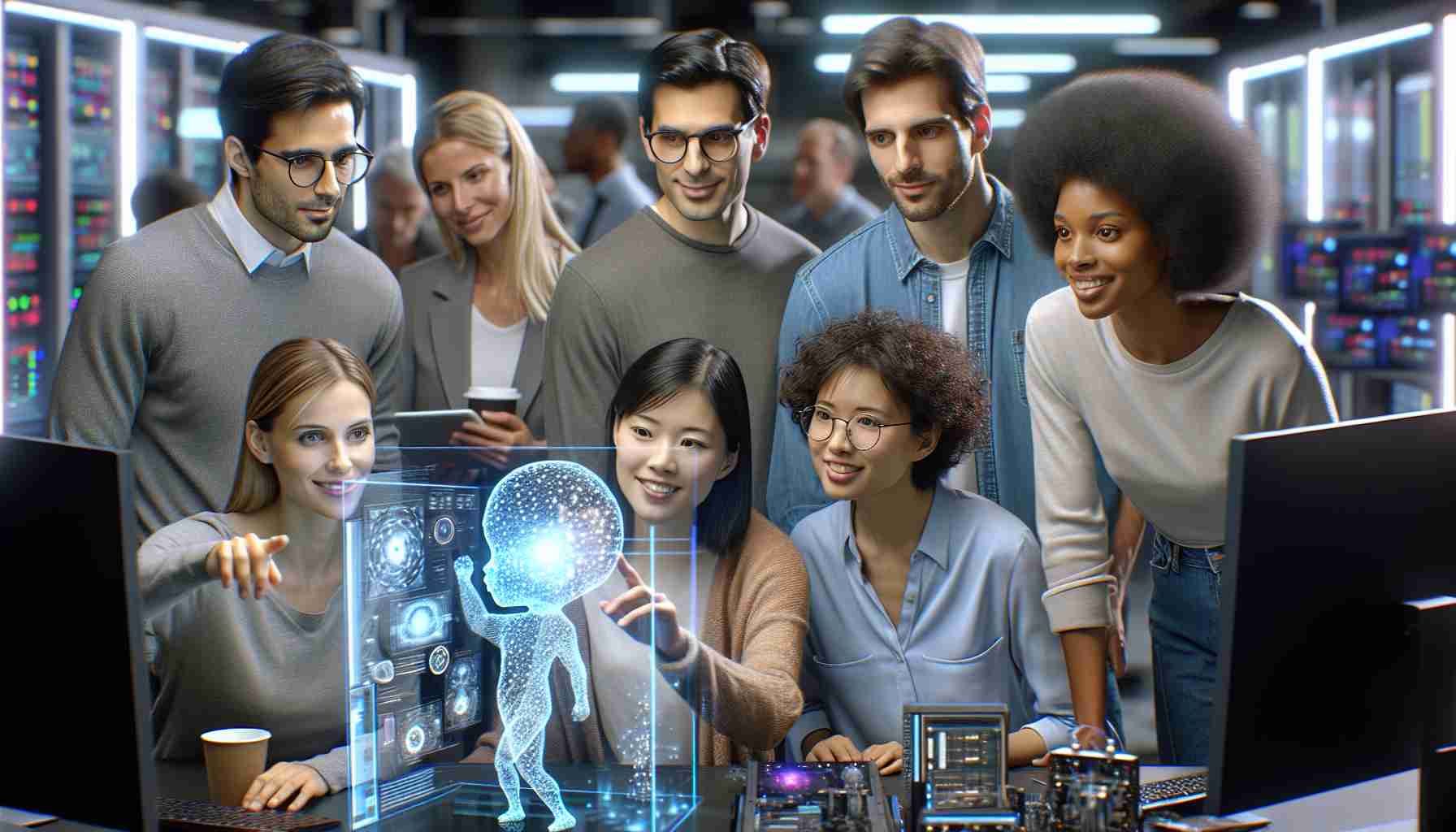Surging Demand for AI Skills as Workplaces Transform
Microsoft and LinkedIn’s latest research, based on a survey spanning 31 countries and covering 31,000 individuals, demonstrates a staggering trend: The integration of generative AI into the workplace has escalated, with usage nearly doubling in the past six months. The study meticulously compiles insights from a trove of data sources, including hiring patterns on LinkedIn, productivity analytics from Microsoft 365, and client studies with Fortune 500 companies.
Generative AI: A Game-Changer for Productivity and Creativity
The sweeping adoption of AI technologies is rapidly redefining the modalities of work, leadership, and recruitment across the globe. Approximately 75% of knowledge workers now implement generative AI in their roles. Specifically, 78% of these users have personally introduced AI tools to their workplaces, a trend more apparent in small to medium-sized enterprises. Employees endorse AI for its time-saving qualities, bolstering creativity and allowing them to focus on substantial tasks.
Despite the evident benefits, there is a shadow of concern among 53% of users who employ AI for crucial tasks, fearing that it may render their roles obsolete, which has prompted a clandestine use of AI tools for some.
LinkedIn Profiles Reflect a Shift Towards AI Proficiency
An observable uptick in professionals who beef up their LinkedIn profiles with AI competencies confirms the shift. Employers largely concur that candidates lacking AI skills are less likely to be hired. However, there exists a dichotomy where 79% of business leaders acknowledge AI’s pivotal role in competitive edge, yet a significant number worry about gauging the productivity benefits AI brings.
The Growing Chasm and the Professional Ceiling
As businesses wrestle with the implementation of AI strategies, many employees have stepped up, incorporating personal AI tools into their workflow. This initiative, while innovative, may overlook larger strategic benefits and raise data security concerns.
Addressing the potential displacement of jobs by AI, Microsoft and LinkedIn highlight a nuanced perspective of hidden talent shortages and career transitions. With a historical high of professionals contemplating resignation globally, and a staggering 85% in the U.S. considering leaving their jobs, the workforce is at a critical juncture. The skills gap is evident as only a minority of workers receive AI training and even fewer companies plan to offer such training in the near future, leading professionals to seek education independently.
The report concludes by likening the transformative impact of AI to the colossal leap from typewriters to computers, marking an era of unprecedented change in the professional landscape.
Important Questions and Answers:
1. What is generative AI?
Generative AI refers to technologies that use artificial intelligence to generate content, such as text, images, code, and more, by learning from vast datasets. This enables machines to create content that is similar to what a human might produce.
2. How is generative AI impacting the workforce?
Generative AI is impacting the workforce by automating some tasks, enhancing productivity, fostering creativity, and altering the nature of some jobs. It requires employees to develop new skills to wield these tools effectively.
3. What are some key challenges associated with implementing generative AI in the workplace?
Key challenges include managing the displacement of jobs, ensuring data security, overcoming resistance to change, providing adequate training to employees, and measuring the actual productivity gains from AI adoption.
4. Are there controversies surrounding the use of generative AI?
Yes, controversies include ethical concerns about AI-generated content, potential job loss due to automation, biases in AI outputs, and the use of AI to mislead or propagate misinformation.
Advantages and Disadvantages:
Advantages:
– Increases efficiency by reducing time spent on routine tasks.
– Augments human creativity with AI’s capabilities to generate new ideas.
– Empowers employees to focus on higher-level, strategic work.
– Provides competitive advantage in businesses that adopt and effectively leverage AI tools.
Disadvantages:
– Potential job displacement as some roles become automated.
– Increased need for vigilance on data security and privacy issues.
– Risk of widening the skills gap if not all employees are properly trained.
– Ethical concerns and potential misuse of AI-generated content.
Suggested Related Links:
To learn more about artificial intelligence and its impact on the workforce, readers might explore the following websites:
– Microsoft for insights on AI tools and productivity research.
– LinkedIn for skill-building and networking with professionals involved in AI.
– AI Global, which is an organization focused on ethical AI implementation and guidelines.
Please ensure that any URLs provided are correct and do not include links to specific subpages. If more detailed or specific information related to the main topic exists on other credible sites, consider adding their main domain links following the same formatting guidelines.

